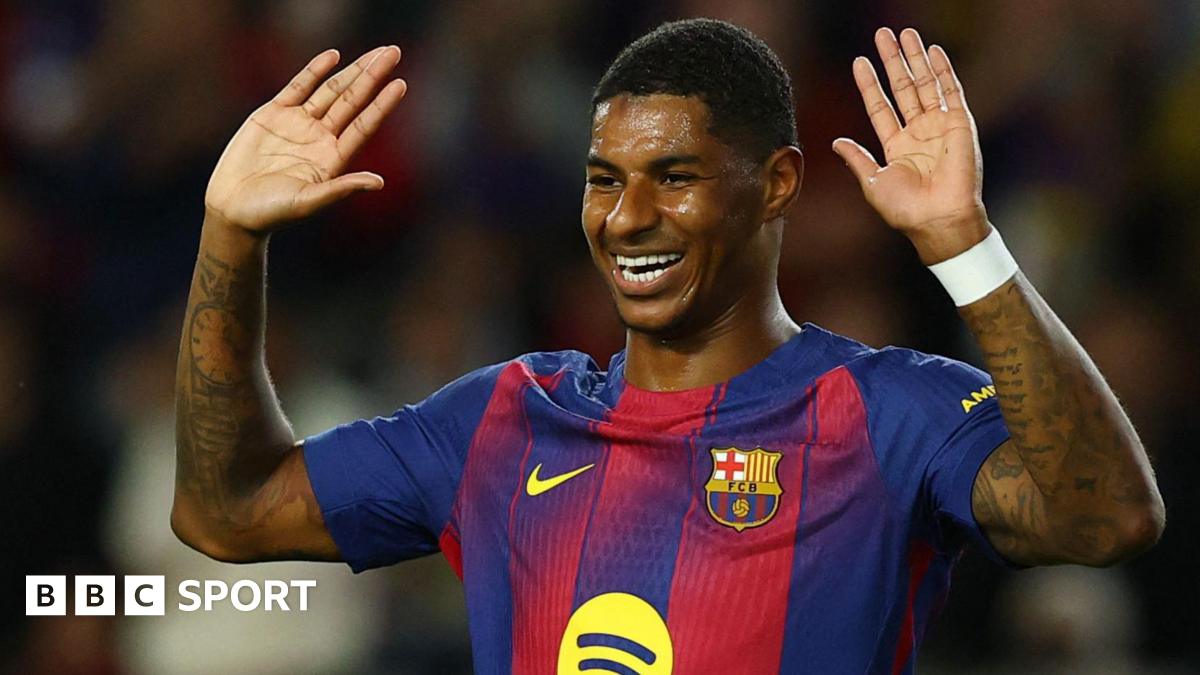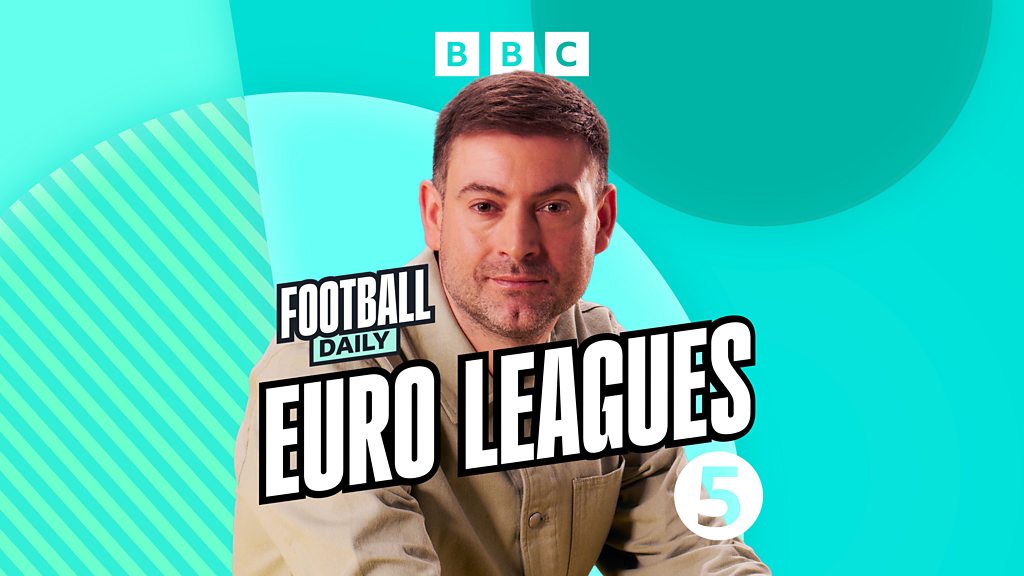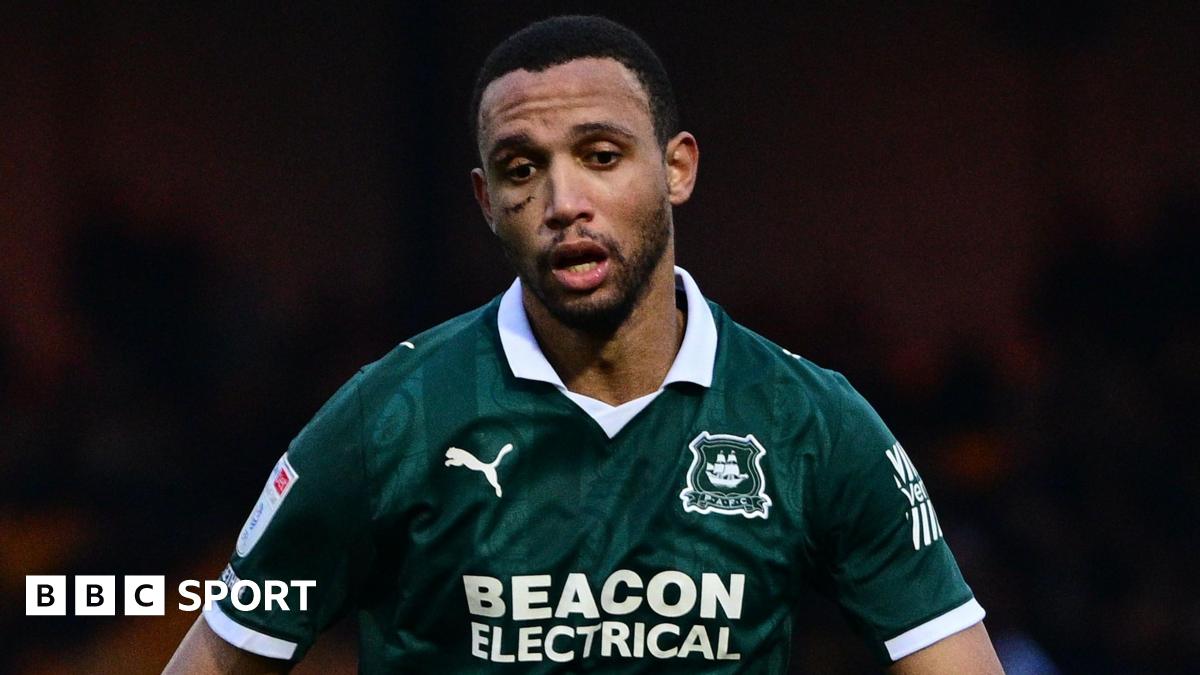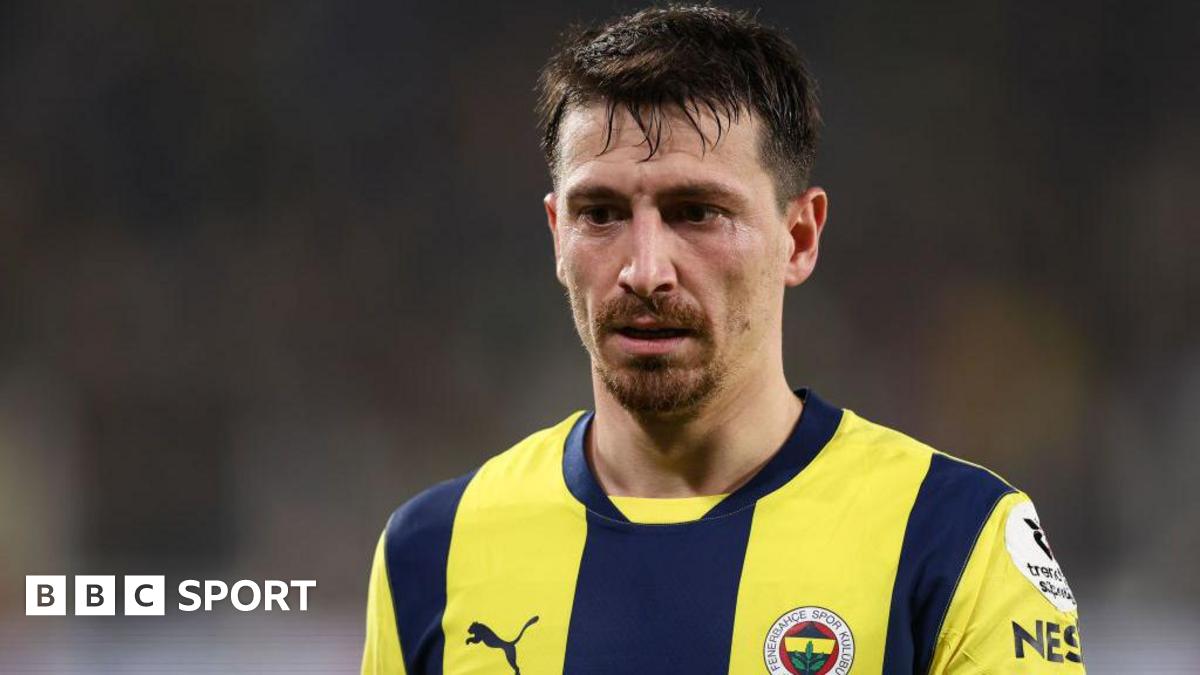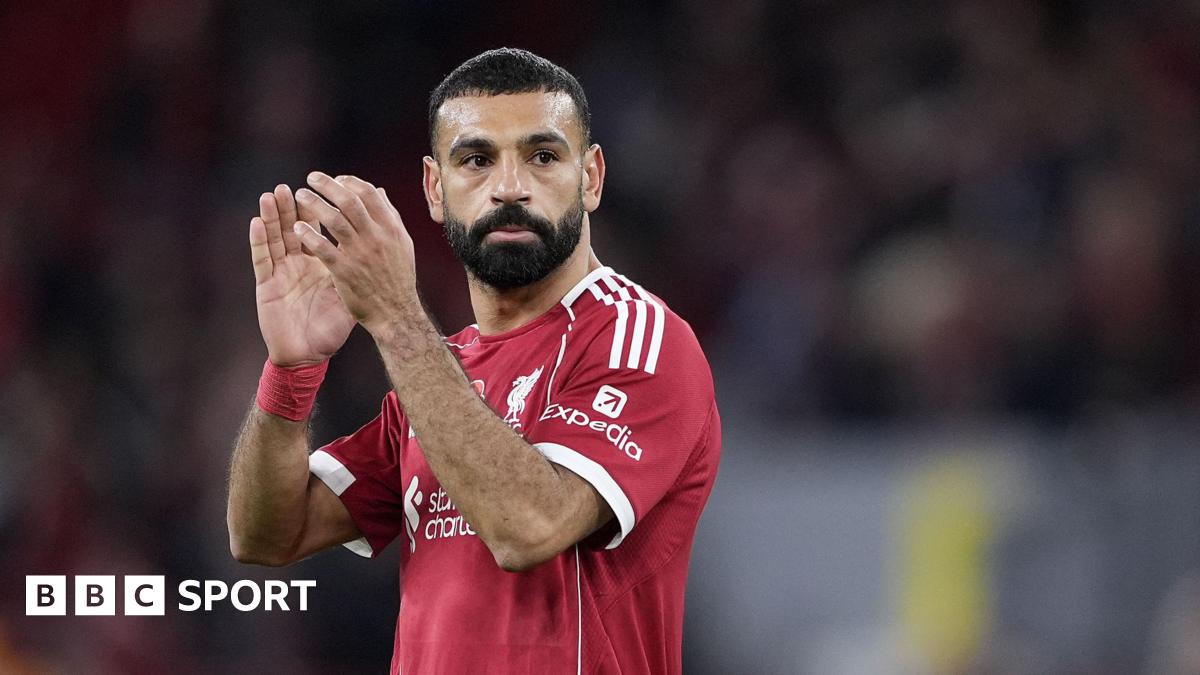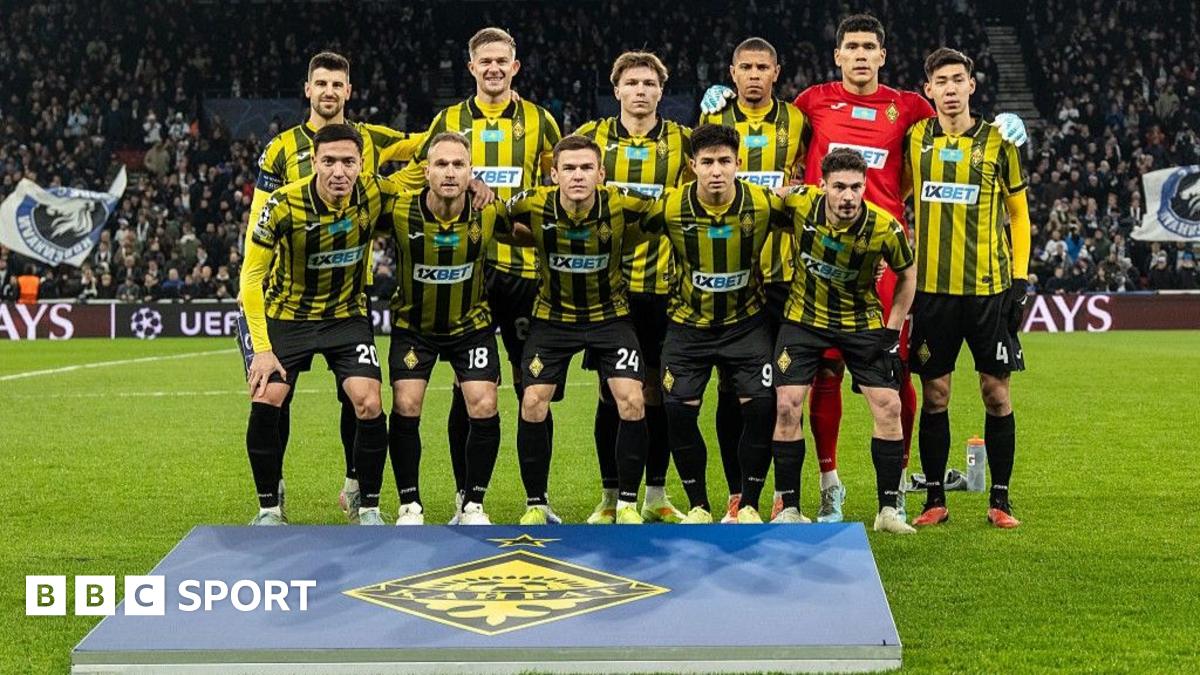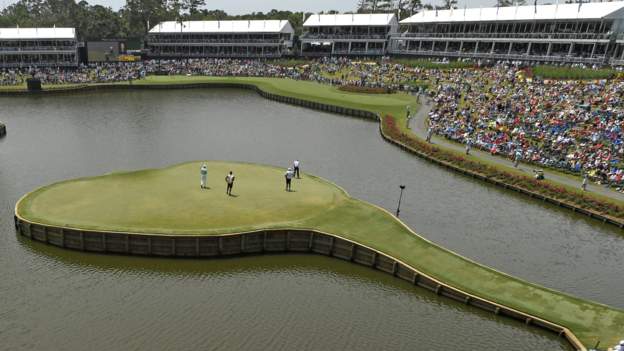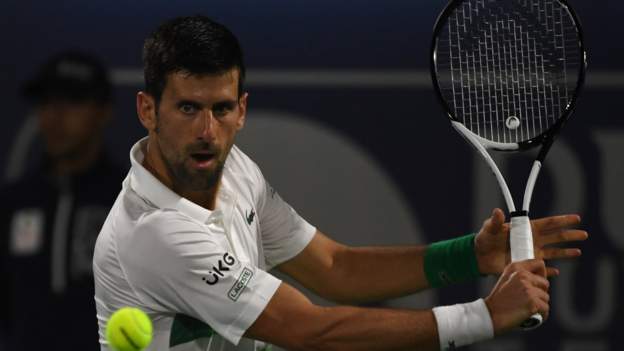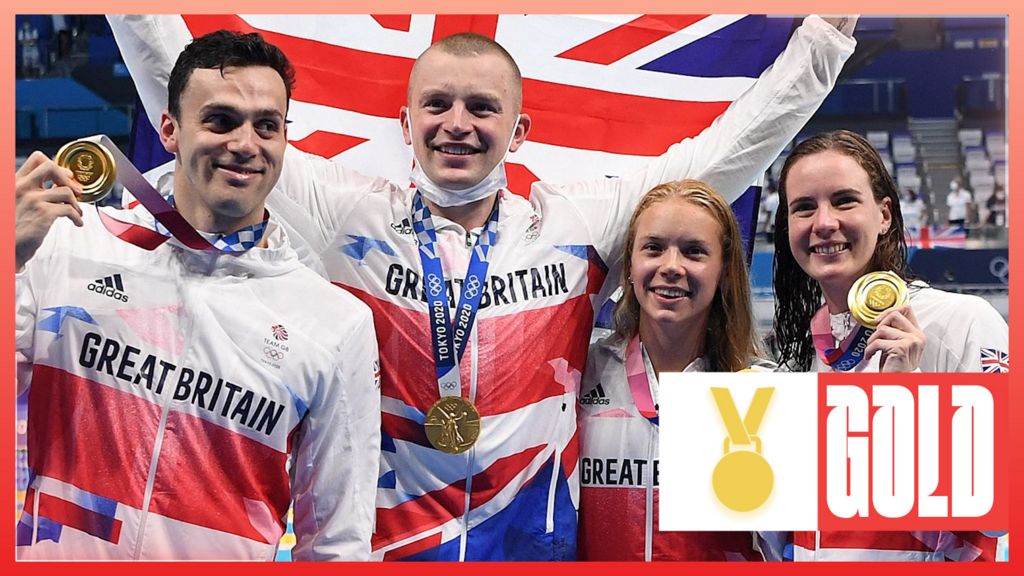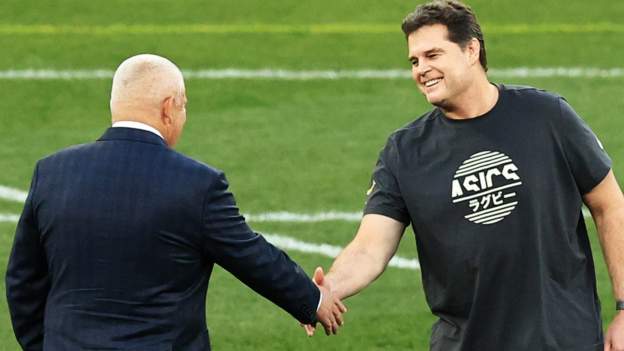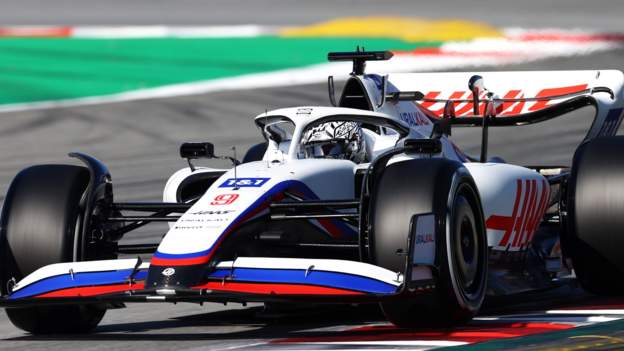| Venue: Stadium Course, Sawgrass, Florida Date: 10-13 March |
| Coverage: Live text updates of Saturday and Sunday’s third and fourth rounds on BBC Sport website, live commentary on BBC Radio 5 Live Sports Extra of final round from 20:40 GMT, plus in-play clips. |
When the Players Championship was first contested at TPC Sawgrass in 1982, it was likened to crazy golf by some players.
“I’ve never been very good at stopping a five-iron on the hood of a car,” was Jack Nicklaus’ take on the greens, while Fuzzy Zoeller was even more dismissive, asking: “Where are the windmills and animals?”
This week marks the 40th anniversary of the PGA Tour’s flagship event being held on the Florida course and while the holes and players’ thoughts of the place have been refined, the challenge remains as stern as ever.
The tournament, which was moved back to its original March date in 2019 after a 12-year stint in May, is often referred to as the men’s unofficial ‘fifth major’ and features 46 of the world’s top 50 teeing it up in a 144-strong field this week.
The prize pot is the biggest in golf. with the winner claiming $3.6m (£2.73m) from a whopping $20m fund – that’s a 33% increase on last year.
Emerging from the swamp
The Players had led a nomadic existence from its first staging in 1974. Nicklaus won three of the first five at different courses, no other player has since won more than two.
In 1979, the now iconic Sawgrass Stadium Course course was flat, swampy land – a 415-acre site infested with snakes and alligators.
The PGA Tour famously bought the land for $1 and commissioned renowned course designer Pete Dye to transform it into a ‘stadium style’ course fit to host its biggest event.
It was a new concept, born out of then PGA Tour commissioner Deane Beman’s frustration from trying to watch a tournament with other spectators.
At 5ft 7in, Beman struggled to see the action. He noticed some fans used homemade periscopes or brought stepladders. It planted a seed.
Dye drew up rudimentary plans to satisfy investors but then largely ditched them and let his eye pick out the routing for the holes.
He wanted to test every facet of the professional’s game, with snaking holes that require players to hit the ball left-to-right off the tee and then right-to-left from the fairway, or vice versa.
The ‘island hole’
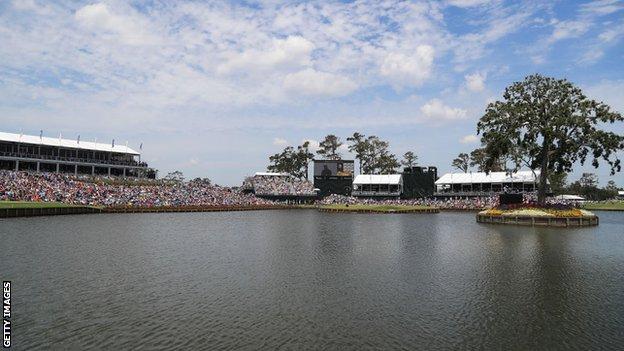
It’s the hole that everyone wants to see and play but the one that the course has become renowned for was not in Dye’s original thinking. We have his wife Alice to thank for the 137-yard par-three 17th – the ‘island hole’ – after she persuaded him that it would be a good idea.
The players have a love-hate relationship with it. Former PGA Tour player Mark Calcavecchia once said: “It is like having a three o’clock appointment for a root canal. You’re thinking about it all morning and you feel bad all day.”
Even Rickie Fowler, who birdied it three times in the final round – twice in a play-off – on his way to winning the 2015 title, only says “I like the hole, I don’t love it”.
But 2014 champion Martin Kaymer gave it “10 out of 10,” adding, “there should not be any bailouts. You need to be very brave. That’s how golf should be”.
On the driving range, there is a replica of the 17th green but cruelly it plays in the opposite direction, so there is zero chance of learning anything from the wind.
The real build-up for the players starts on the 16th – a classic risk-reward par five that is reachable in two but has the threat of the lake to swallow an errant shot.
Rory McIlroy, the 2019 champion, says it is “human nature” to glance across to his right after hitting his second shot on 16. “It’s hard not to look over there and see what the group ahead of you are doing on the 17th tee.”
The view offers a sideways look at the hole, across the pond that separates the tee and green. A dozen stands, perched atop the huge mounds, create an amphitheatre, with thousands more fans lounging on the slopes, exactly as Dye and Beman intended.
The entrance to the arena is almost as nerve-wracking as the shot that follows. The walk from the 16th green to 17th tee is about 100 yards, with fans on top of you to your left and the lake to your right.
England’s Matt Fitzpatrick told me: “If I’m not berating myself for failing to make birdie on 16, I’m only focusing on the direction the wind is blowing.”
It’s difficult to gauge the speed and direction down on the sheltered tee, but McIlroy says he uses a flag on top of a camera tower to help.
There is often a wait on the tee, to add to the nerves.
“I’m looking at where the players in front have hit the ball, where the pin is, how the green looks,” Fitzpatrick said. “Once you get numbers and how far you want to hit it, you’re in focus mode.”
McIlroy added: “Sometimes it’s nice not to be the first one on the tee just to see what your playing partners do, to see what the ball is doing.”
The green, while the largest on the course, is just 24 yards from back to front and looks much smaller than that from the tee. The solitary bunker on the hole, embedded in the front, is a focal point to take you away from the water.
There are huge slopes on the green, so even if you hit it, there is a danger your ball will bounce or spin off.
“You’re not really trying to go for the pin on 17, you’re just trying to hit it into the middle of the green,” McIlroy continued. “You make four threes this week and you’re going to gain strokes on the field.”
From the mound to the left of the hole, alongside hundreds enjoying the late afternoon sunshine, I watched Ian Poulter nonchalantly knock the ball into the middle of the green during practice on Tuesday.
It left him a five-footer for a well-received birdie. The pin positions will not be as friendly on tournament days.
Lee Westwood found that to his cost last year, three-putting for a bogey-four in the final round that saw him finish second, one shot behind winner Justin Thomas.
Clearly, there have been big scores, none bigger than Bob Tway’s dirty dozen in 2005, although South Korea’s Ben An ran him close with an 11 last year.
It was ranked the third toughest hole on the course in 2021, with 35 balls dunked in round one, making it the second worst day after 50 were lost in 2007’s opening round – a tournament record 93 splashed that week.
If you do end up swimming, then it’s a case of hit again from the tee, or go to the drop zone and be left with a just as perilous 50-yard chip over water. Fred Couples opted for the former in 1999 and knocked his shot into the cup for a remarkable hole-in-three.
The water is surprisingly not that deep. David, one of the 2,000 volunteers and ‘captain’ of the 17th hole, tells me it’s “only four feet”, adding that if anyone happens to fall in, his first message to them is “stand up”.
Both Tway and An knocked four in the water, to add to the 120,000 others that are miscued each year by amateurs, keen to emulate their heroes on this public course – that’s an average of three per player.
Spare a thought, however, for Angelo Spagnolo, who took 66 shots to complete the hole in a 1986 amateur event.
The luckless Spagnolo, who thinned numerous shots straight into the water, did manage to land seven shots on the green but they all bounced off and his caddie eventually persuaded him to putt his ball around the side of the pond and up the walkway onto the green. For the record, Spagnolo took 257 shots to be crowned ‘America’s Worst Avid Golfer’.
Now that truly was a round of crazy golf.

